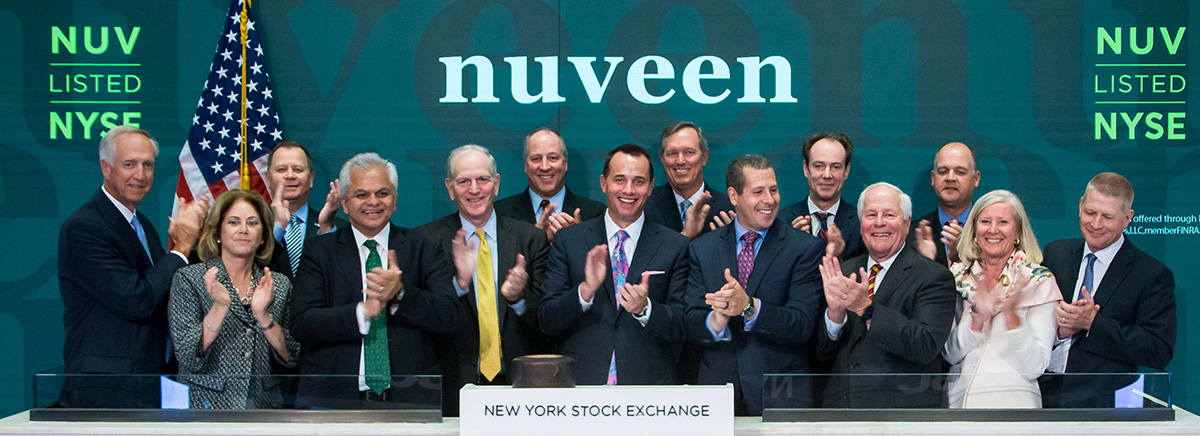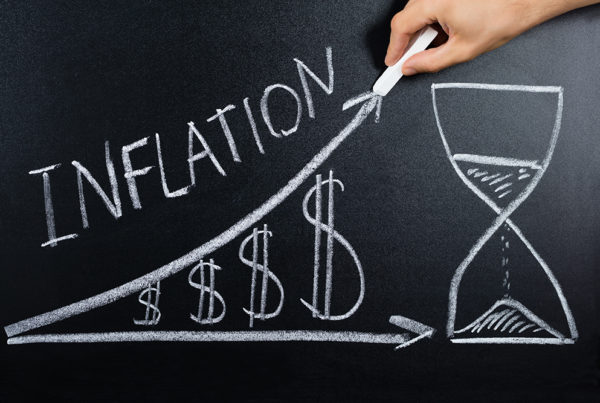Stocks can crash, but infrastructure assets are in it for the long haul. Add to that an outsized yield and you’ve suddenly got my attention. Contributor Dave Sterman explains how to get the best of both.
— Bob Bogda, Editor
P.S. Like what you see? Don’t like what you see? Let me know.

The adage, “It takes money to make money” has never been truer. The world’s biggest financial firms can muscle up their resources to buy a collection of trophy assets. And they often look to buy assets that can produce hefty robust income streams, year in and year out.
Few have mastered the approach like The Blackstone Group (BX). This firm’s market value has risen nearly 80% since the end of 2018 (to a recent $38 billion) as investors have come to appreciate how its broad portfolio of assets will pay robust and dependable income for many years.
This stock’s popularity has also become a curse. The share price gains mean that its dividend yield has been pushed down below 4%. That yield would be noticeably higher were it not for the fact that Blackstone’s small army of fund managers draws massive levels of compensation. In 2019, for example, Blackstone generated more than $7 billion in revenue, but paid out $3.96 billion to its highly compensated staff.
The key for the rest of us is to follow the firm’s savvy investing strategy, without incurring all those staffing costs.
Although Blackstone invests in sectors such as real estate and Private Equity, it’s also one of the global leaders in infrastructure investing. We’re talking about airports, toll roads, water treatment plants, utilities and just about any kind of major entity that produces toll revenue or user fees.
These infrastructure assets produce solid income, yet they also hold a low level of correlation with the stock market. That makes them a great tool to diversify your portfolio. Better still, it is a growing asset class. That’s because governments don’t have enough capital to maintain or build infrastructure on their own, so they are turning to investment firms to come up with money for many projects.
To see how infrastructure funds work, check out the Lazard Global Listed Infrastructure Portfolio (GLIFX). The fund was launched in late 2009 and has returned nearly 11% per year in that time. Much of that return has been in the form of dividends with the rest coming from share price appreciation. That’s one of the reasons Morningstar gives it a five-star rating for that 10-year period.
Around 21% of the fund is invested in Italian assets, where private investment in public infrastructure is especially popular. Toll roads, utilities and railroads make up around 83% of the Lazard fund. The current yield for this fund is 3.85%, according to Morningstar.
SPONSORSHIP
Learn from the #1 Futures Trading Education Institute in the World
Learn a direct approach to trading Futures that provides you with the techniques and the confidence you need to make consistent profits.
***For a limited time, we are offering a FREE CLASS. Don’t take our word for how effective our teaching methods are… see it for yourself
Sign up today to receive free access and a guided tour through our program, PATH TO SUCCESS.
Investors can do better than that, though, by owning the Nuveen Real Asset Growth and Income Fund (JRI).
Funds like this one are classified as infrastructure or “real asset” funds (not to be confused with real estate funds, which are in their own category). The Nuveen fund is invested predominantly in infrastructure properties such as utilities, railroads and other hard assets. These kinds of investments make up 60% of the fund’s portfolio, with much of the remainder allocated to real estate holdings.
As the firm notes in the fund literature, these kinds of assets bring another benefit: “Real assets have historically exhibited greater ability to hedge inflation than the broader equity and fixed income markets.”
Another key benefit of this fund is that many of its infrastructure assets have a monopoly-like grip on the market they serve. Think water treatment plants or major ports.
This closed-end fund is also quite timely, as it trades at a 15.6% discount to its net asset value (NAV). That means you get to own its collection of income-producing infrastructure investments for around 84 cents on the dollar. Right now, investors can get a 7.92% effective dividend yield because of that NAV discount.
That yield has been juiced by a mild level of debt the fund incurs. Using leverage, it can magnify returns a bit more. For every $1 in equity capital in this fund, another 28 cents in borrowed funds is deployed.
To boost yields further, Nuveen’s fund managers write covered calls against some of the holdings, which produces additional income streams.
The price for entry here doesn’t come cheap. Nuveen charges a stiff 2.8% annual fee for the fund, partly to manage the cost of those covered calls. Still, even after backing out those fees, investors are looking at a solid and steady yield that exceeds 5.0%. And that’s hard to find these days.
While the Lazard fund noted earlier owns an even greater percentage of traditional infrastructure assets in its portfolio, I prefer the Nuveen fund for its more robust dividend yields.
Action to Take: Consider buying shares of the Nuveen Real Asset Growth and Income Fund (JRI) up to $14 and sell when shares reach $18. Remember that you’re not buying this investment for aggressive potential share price appreciation, but instead to lock in a juicy yield with an investment that isn’t highly correlated with the stock market.
SPONSORSHIP
How to calmly make money in these volatile markets…
“Trade wars are striking terror into the markets…
No-one knows what craziness will come next.
But I’m not losing a wink of sleep…
Over the last decade…
I’ve formulated an easy way to turn unpredictable markets into cash in my pocket.”









